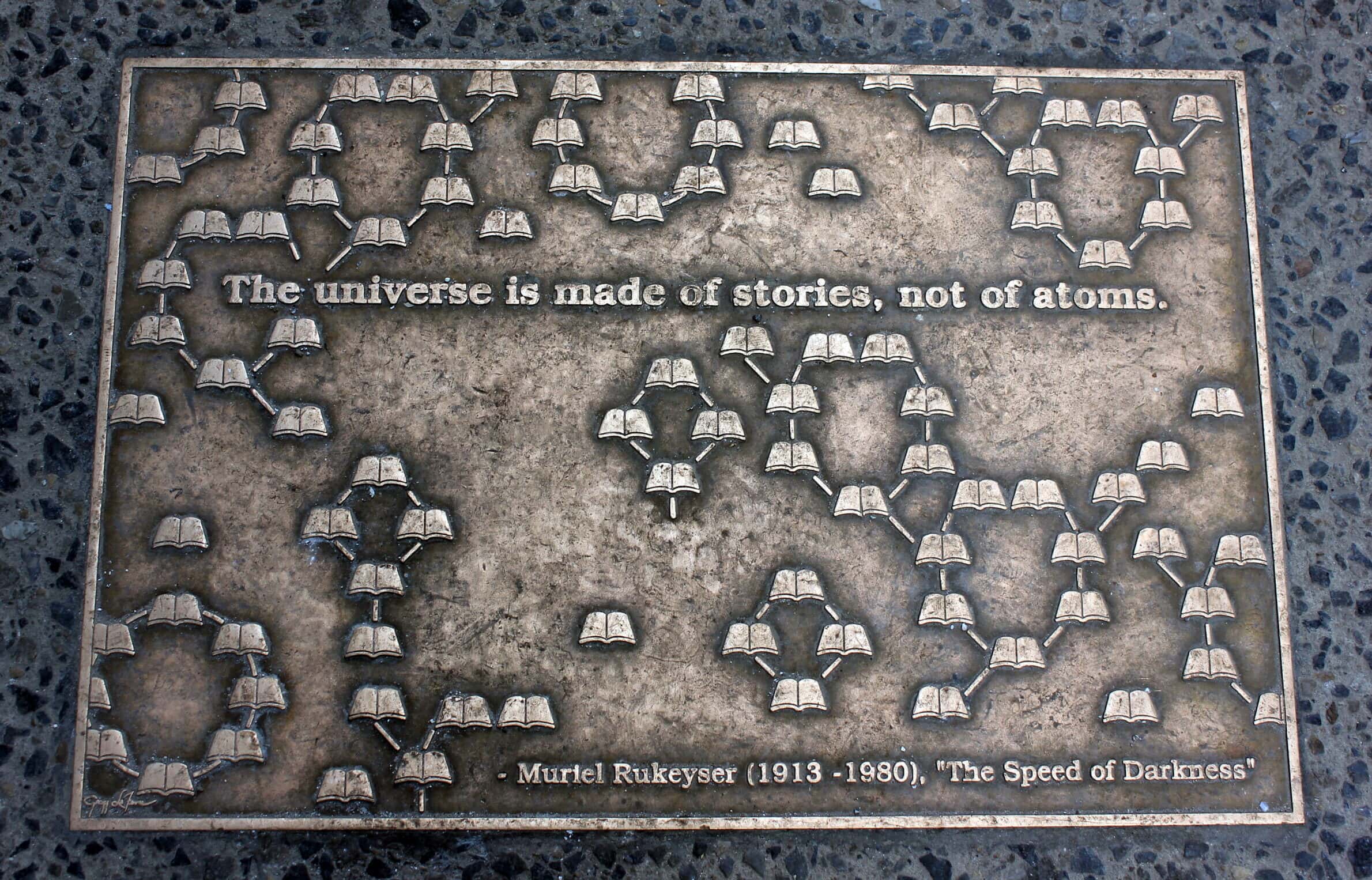The 109th meeting of the American Historical Association, held January 5-8 in Chicago, offered the widest array of sessions and activities in recent memory. Thanks to the collaborative efforts of Program Committee Cochairs Robert Harris (Cornell Univ.) and Ann-Louise Shapiro (Wesleyan Univ.); Local Arrangements Cochairs Gerald Danzer (Univ. of Illinois at Chicago). George Nielson (Concordia Univ.), and Andrew Prinz (Elmhurst Coll.); and Convention Director Sharon K. Tune, the meeting was a great success. The highest preregistration on record (2,760) presaged an above-average turnout, with over 4,000 in attendance.
The informal theme of this year’s conference was World War II and its aftermath, with over a dozen sessions devoted to the topic. The plenary session, “1945-1995: the ‘End’ of the Postwar Era,” was presented to a standing-room-only crowd. The other sessions on World War II and its aftermath were also attended by large, enthusiastic audiences.
For the first time, meeting sessions were divided almost equally between the two principal hotels, the Chicago Hilton and Towers and the Palmer House Hilton. Although the hotels are separated by eight city blocks, attendees expressed satisfaction with a regular shuttle service that carried them from door to door. Indeed, some of the Palmer House sessions were among the most highly attended, led by a session entitled ”The Last War of Religion? Anglo-American Rebellions, the American Revolution, and the Language of Liberty,” which drew an audience of over 150.
The awards ceremony at the general meeting, chaired by AHA President-elect John Coatsworth, was marked by the depth of commitment to the field and the diversity of backgrounds and experience exhibited by the honorees. The conferring of awards preceded AHA President ,Jas C. Holt’s address, entitled “Marking: Race, Race-Making, and the Writing of History,” which received a standing ovation from the capacity crowd in the Hilton’s International South Ballroom. The presidential reception that followed marked another innovation for the Association, with dancing to a wide array of popular music from Motown to the present.
The following day, a near-capacity crowd returned to the International South Ballroom for a session entitled “National Conversation on Pluralism and Identity,” prompted by the desire of the National Endowment for the Humanities (NEH) and its chair Sheldon Hackney to help America rethink the connections between diversity and democracy. President Tom Holt chaired the panel, which featured a presentation by Hackney on the goals and themes of his project, followed by comments from Darlene Clark Hine (Michigan State Univ.), David A. Hollinger (Univ. of California at Berkeley), and John Kuo Wei Tchen (Queens Coll., CUNY). Active questioning from the audience, as well as some local media, underscored the complexity and dilemmas presented by this topic.
The future of the NEH itself also proved to be a significant concern at the meeting. An informational session about the future status of the endowment was held Saturday afternoon. The Association’s new executive director, Sandria B. Freitag, sketched out the likelihood of cuts in the endowment or its possible elimination. Other meeting participants discussed their experiences with the endowment, and the benefits of the NEH for both historical scholarship and society. Participants explored various strategies to educate legislators about NEH’s contributions, and materials prepared by several interested organizations were distributed [The status of funding for the humanities is addressed at greater length in this issue of Perspectives in “Prom the Executive Director’s Desk” p. 2 and “Facing the Big Questions: Federal Support for the Civilizing Side of Life, “p. 11. Also, see the Council resolution on the NEH on page 13.]
The status of the profession, and the treatment and training of future members of the profession in particular, also received a good deal of attention in sessions on “The Ph.D. in an Age of Limits—Is There a Better Way? Graduate Students Respond,” “The Future Professoriate: Preparing Graduate Students for the Classroom,” “Interviewing in the Job Market of the 1990s: A Workshop,” and “Working Outside the Tenure System: The Employment of Historians as Part-time and Non-tenure-track Faculty,” all of which drew standing-room-only audiences. The growing employment needs of newly minted Ph.D.’s was reflected in the largest Job Register on record, as 722 applicants (up from 673 last year) pursued 70 positions that were open for interviewing at the meeting. Seventy-one additional positions requesting submission of c.v.’s for later interviews were posted at the annual meeting. Interviews that had been prearranged were conducted for another 87 positions at the Job Register.
At the Association’s business meeting on Saturday, David Ransel, editor of the American Historical Review for the past 10 years, and Robert Blackey, chair of the Teaching Division for the past three years, offered valedictory comments summing up their accomplishments and offering encouragement to their successors. Two resolutions were then passed by those in attendance. The first resolution named two new members of the Association’s Board of Trustees and elevated Roger Liddell, of Ingalls & Snyder, to a five-year term as chair. The second resolution sent to Council a proposed amendment to the AHA constitution that would make the deputy director position a Council-appointed post.
Planning is already underway for the Association’s next annual meeting, which will be held in Atlanta, Georgia, on January 4-7, 1996. We look forward to seeing you there.
